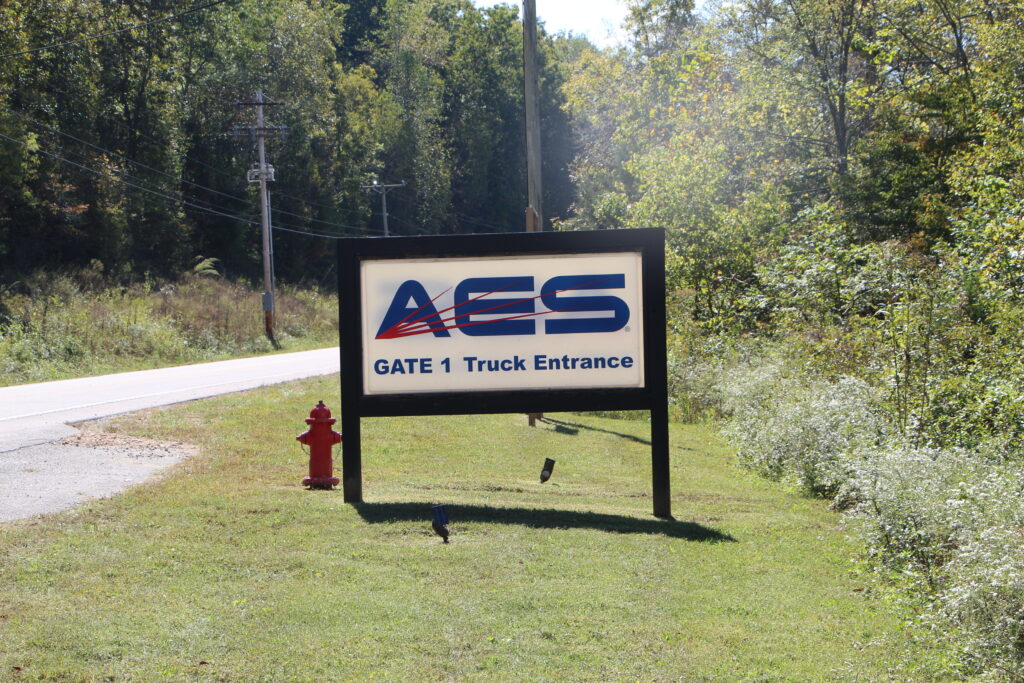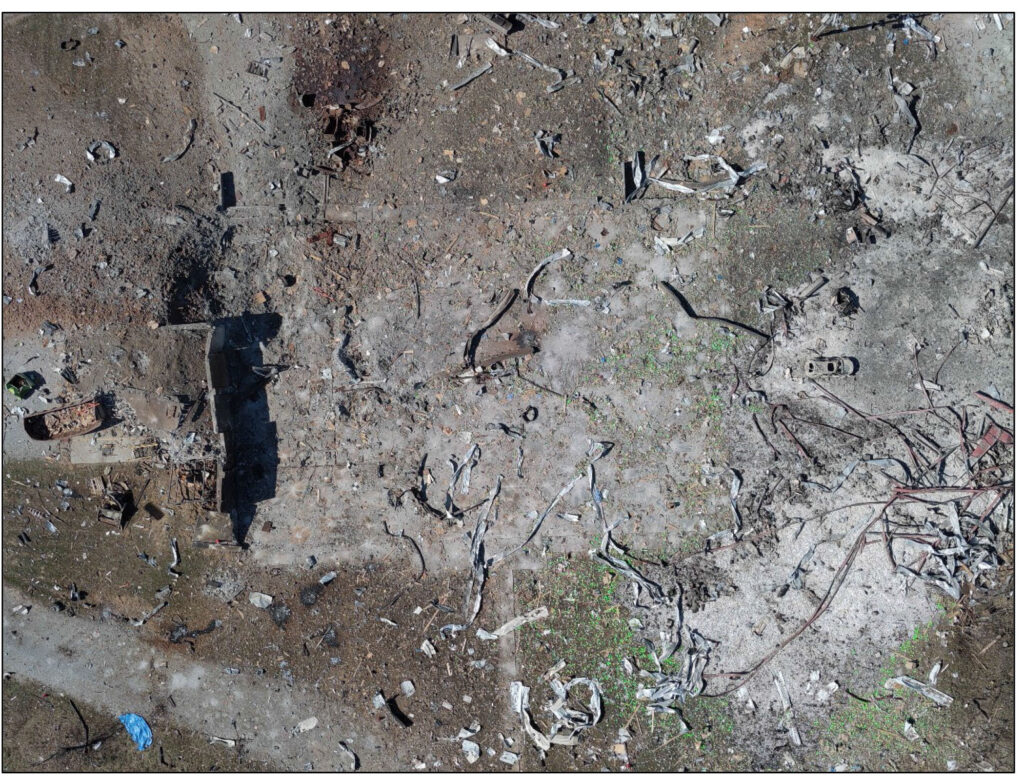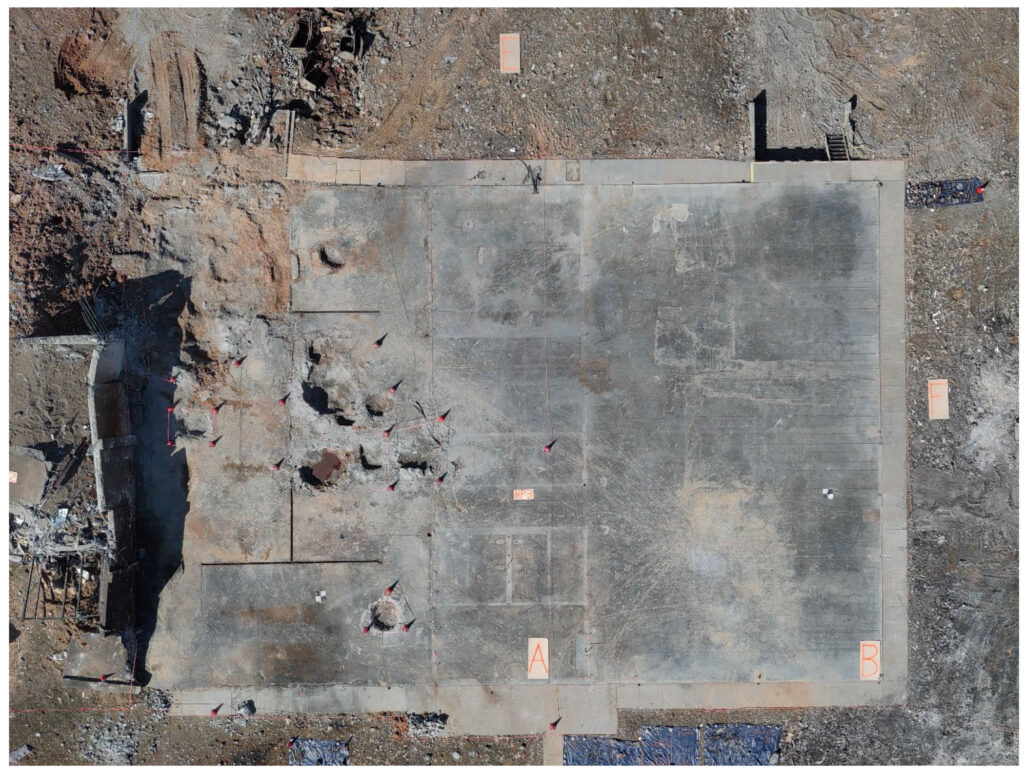
New details have emerged about the massive explosion that left 16 dead at the munitions plant in Bucksnort earlier this month.
Federal authorities said Friday they’d concluded an early part of their investigation.
Brice McCracken, a special agent in charge with the National Center for Explosives Training and Research, described a “significant amount of work” done by the National Response Team.
“When tackling an enormous and complex scene like this one, the [National Response Team] separates into two investigative teams,” he said. “One group solely focuses on examination and processing of the scene, and the second group, called the Leads Team, is responsible for everything else.
“That includes witness interviews, document collection and review, video collection and review, canvassing for witnesses, and following up on any other actionable leads that come throughout the course of the investigation.”
Over the span of 12 days, crews searched 500 acres of property surrounding the site, generated 290 leads, completed 277 investigation reports and scanned 14,000 documents.

Photo of the explosion site at Accurate Energetic Systems on Day 1 of the blast.

Photo of the explosion site at Accurate Energetic Systems on Day 10 after the blast, after clearing the debris.
The experts, which include chemists, engineers and explosive specialists, found that between 24,000 and 28,000 pounds of explosives detonated in the Oct. 10 blast. Crews disposed of nearly 1,000 pounds of undetonated explosives in the week following the incident.
So far they’ve identified 14 of the 16 victims through rapid DNA testing. Two people still remain unaccounted for.
The Tennessee Bureau of Investigation’s director, David Rausch, said they had expected to only identify 40-50% of victims.
“The challenge, obviously, that exists is because of the nature of the scene, not being able to get remains to positively identify the other two at this point,” Rausch said. “We were able to do over 87% identification in this. While that is certainly exceeded the expectations, it certainly didn’t meet what we were hoping. We were hoping to positively identify all 16 victims.”
In speaking with the families of the two victims who remain unidentified, Humphreys County Sheriff Chris Davis said he was “really saddened.”
“I could hear it in their voice,” Davis said. “I just don’t think there’s not enough words in the dictionary that we could use to describe those feelings or emotions and I can’t even or don’t even want to imagine to try to do so.”
Experts also found where the explosion originated — on the lower floor production level of the 15,000-square-foot “Building 602.” The building, which was one of eight on AES’s 1,300-acre campus, was primarily used to make “cast boosters.” These are high-density, high-velocity explosive charges used by the commercial mining industry.
Authorities have developed several hypotheses about the cause of the blast, but are not yet sharing them.
“The evidence collected from the scene will be analyzed, examined and tested,” said Jamey VanVliet, a special agent in charge for the Nashville Division of the Bureau of Alcohol, Tobacco and Firearms. “Those results don’t come quickly. They come through time, care and precision. And that’s what this community deserves: answers that are proven, not guessed.”
VanVliet did say that there is currently no indication of a threat to public safety.

